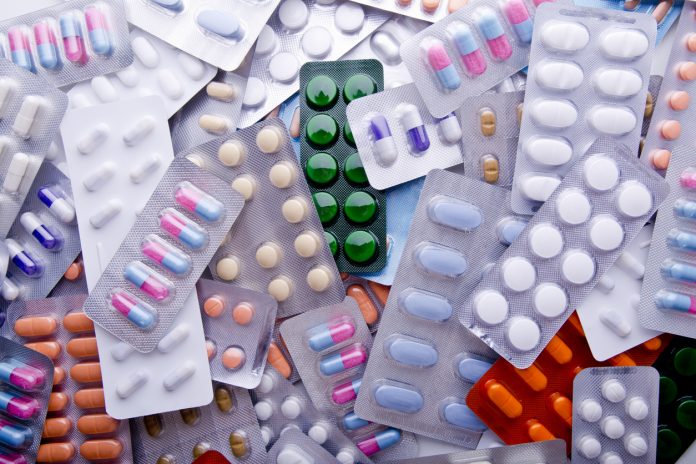A new report says India’s pharmaceutical exports have the potential to grow from $27 billion in 2023 to reach $65 billion by 2030, and an estimated $350 billion by 2047. The pharma market, the report says, rose from $19 billion in 2018—reflecting a growth of 8% per annum.
The report by Bain & Company in collaboration with the Indian Pharmaceutical Alliance (IPA), Indian Drugs Manufacturers Association (IDMA) and Pharmexcil says while India ranks 11th in pharmaceutical export value, it can be among the top five nations by 2047. India is the largest supplier of generic drugs globally, accounting for one in five generic drugs sold worldwide.
The report says India can be among the top five nations in export value by 2047 by innovating and diversifying its export basket to include specialty generics, biosimilars, and innovative products.
“With the Indian economy growing rapidly, the government has set an ambitious target for the nation to become a $30 trillion to $35 trillion economy by 2047. The pharmaceutical industry, with its robust global footprint, is a critical component of this growth strategy. It is currently the fifth-largest contributor to India’s manufacturing GVA, generating a healthy trade surplus and supporting numerous livelihoods. India, already the largest global supplier of generic medicines, fulfills approximately 20% of global generics demand. Yet it still lags from a value perspective in the global pharmaceutical market. This underscores the need to transition from a volume-based exporter to a value-driven leader in high-value products, such as biosimilars and innovative therapies,” the report by Sriram Shrinivasan, Rohit Singh, and Anik Ganguly says.
India can reach $12 billion in API exports by 2030, and $80 billion to $90 billion by 2047— matching China’s expected penetration by 2047, the report says. “Today, China is a leader in API exports, with a 35% share of the outsourced market primarily playing in high-volume, less complex APIs. However, the API export market is on the cusp of structural shifts as countries look to reduce their reliance on single sources and diversify their supply chains. Developments like the US Biosecure Act aim to further reduce reliance on China, creating opportunities for India to increase its market share.”
Indian biosimilar exports, currently valued at $0.8 billion, are projected to grow 5x to $4.2 billion by 2030, capturing 4% of the global market, and reach $30-35 billion by 2047, the report said. “By 2047, the value of Indian biosimilars is expected to reach $30 billion to $35 billion. Growth will be driven by global trends such as simplification of biosimilars pathways in the US, including interchangeability and bioequivalence. The Biosecure Act will also have a positive impact. However, India lags China and South Korea in this arena and needs to invest strategically to succeed in this market.”









